Advancements in Wastewater Treatment: Screen Technologies and Grit Removal Innovations

n this episode, we engage with Simon Randle, who brings light to the latest advancements in wastewater treatment technologies. We delve into diverse solutions that are reshaping how wastewater is managed, from intricate screen technologies at the very beginning of the treatment process to advanced grit removal systems.
Cutting-Edge Water Treatment Solutions: Mixers, Polymers, and Chloramines

Welcome to our recent episode of ‘Engineers for Communities,‘ where we dive into innovative water treatment technologies. Today, we’re excited to share our conversation with David Stanton from Cleanwater1. David introduced us to some fantastic tools that are changing the game for water utilities, big and small.
All You Need to Know About America’s Aging Water Infrastructure Crisis

America’s water infrastructure is facing a multitude of challenges that demand our attention and innovative solutions. From aging pipes to water contamination, the issues are diverse, and the consequences can be far-reaching.
Denver Water: Accelerating Lead Service Line Replacement via BIL Funding

Clean water is a must for everyone. Despite delivering lead-free drinking water through the water main, lead can still enter the drinking water of customers with lead service line pipes and fixtures located on their property. Lead in drinking water is a significant health concern, especially for babies, youth, and pregnant women.
Leveraging the State Water Implementation Fund for Texas (SWIFT) for Rural Water and Sewer Communities: An Exploration
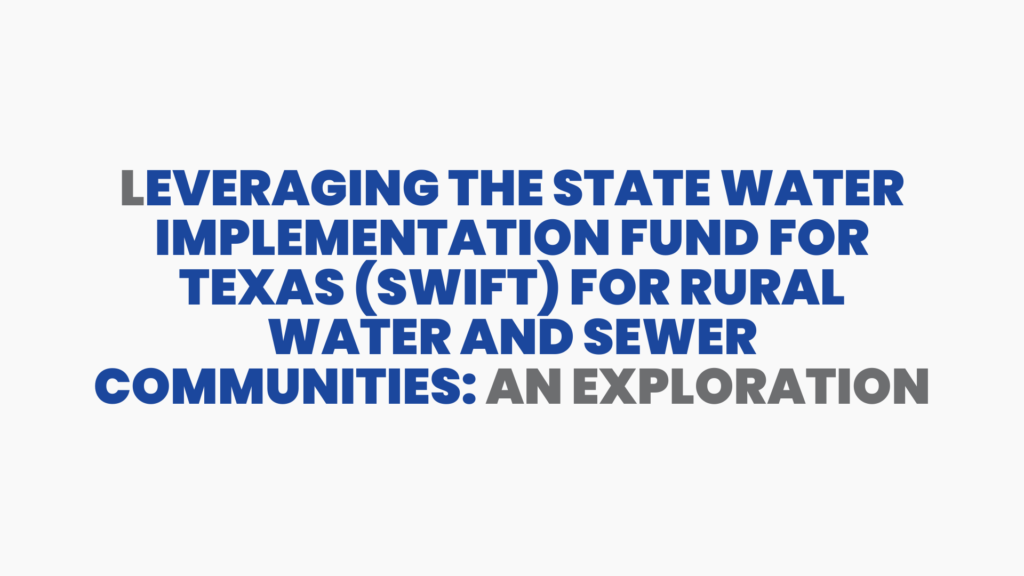
Inflow and Infiltration (I&I) is a critical factor that impacts wastewater collection systems and wastewater treatment plants. Simply put, I&I refers to stormwater and groundwater that unintentionally enters the sewer system. This usually happens via illegal connections, cross connections, foundation drains, roof drains, broken lines, unsealed manholes, or root infiltration.
Key Take Aways From EP11: “How Inflow and Infiltration Impacts Your Collection System and Wastewater Treatment Plant”

Inflow and Infiltration (I&I) is a critical factor that impacts wastewater collection systems and wastewater treatment plants. Simply put, I&I refers to stormwater and groundwater that unintentionally enters the sewer system. This usually happens via illegal connections, cross connections, foundation drains, roof drains, broken lines, unsealed manholes, or root infiltration.
Uncovering the Potential of Detailed Water Loss Analysis in Rural Communities
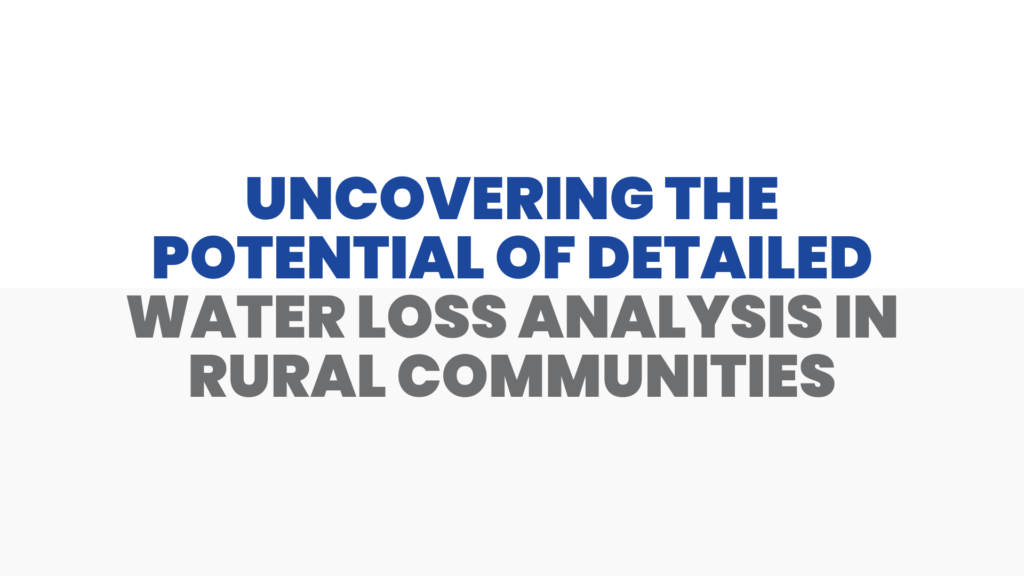
In a recent episode of Engineering for Communities Live, The Importance of Detailed Water Loss Analysis | EP 9, we explored the significance of conducting detailed water loss analysis in rural water and sewer communities. We initiated the discussion by sharing insights from our interviews with water and sewer providers in Colorado and Texas. Surprisingly, half of the 14 water providers interviewed were grappling with unidentified water losses, highlighting the need for a more comprehensive approach.
Knowing When Your Wastewater Treatment Plant (WWTP) Needs to be Upgraded: A Guide for Rural Communities
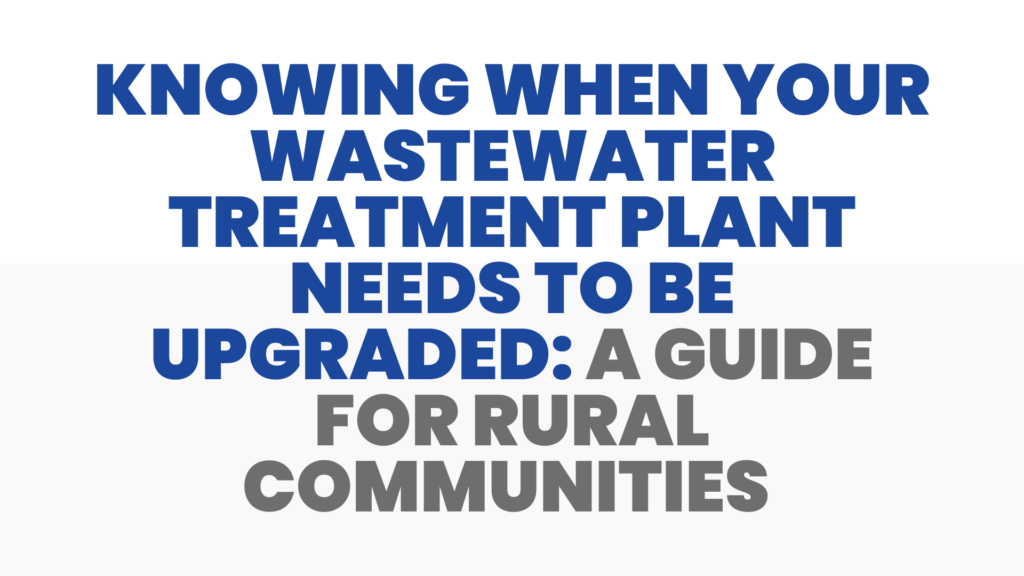
In rural water and sewer communities, we are the stewards of our natural resources. We understand the importance of maintaining clean water for our families, farms, and future generations.
Why a Detailed Water Loss Analysis Matters for Rural Communities
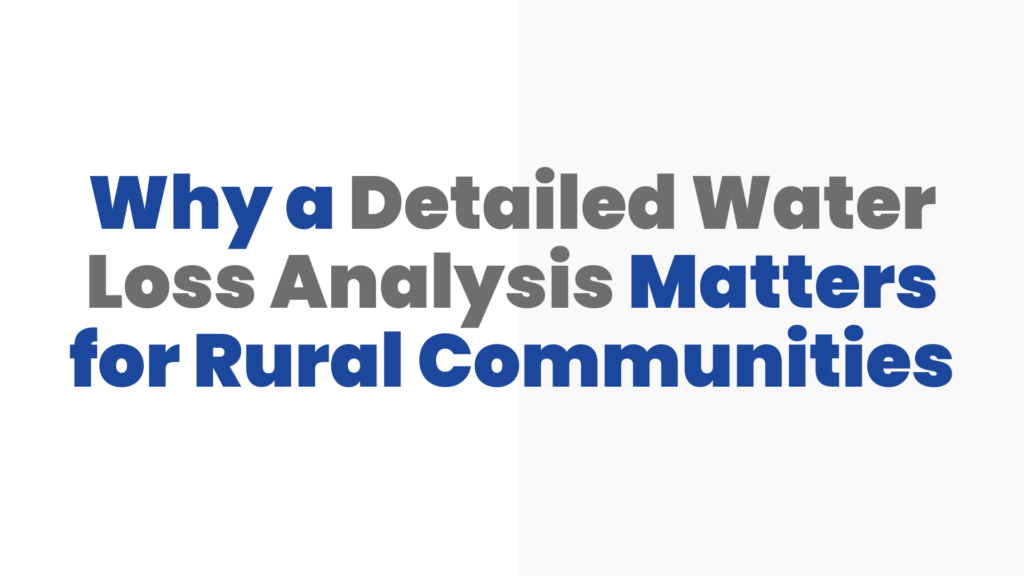
Water is a precious resource, especially in rural areas. Keeping track of how much water is being used and making sure none is wasted is very important. In this article, we will talk about why a detailed water loss analysis matters and how it can help rural water and sewer communities save money and protect their water resources.
Three Things You Need to Know for a Better Community Water and Sewer System

Contributing to a rural water and sewer community, you wear many hats and often have to learn a wide range of skills to make your job a success.
How Modeling Wastewater Treatment Processes Saves Resources and Money

Water is a precious resource that needs to be managed properly in order to sustain the environment and our economy. A wastewater treatment plant is an important part of our water infrastructure, but it can be expensive to build and operate. Modeling wastewater treatment processes can help us save resources and money by optimizing plant performance.
Colorado Water Improvement Project Grants
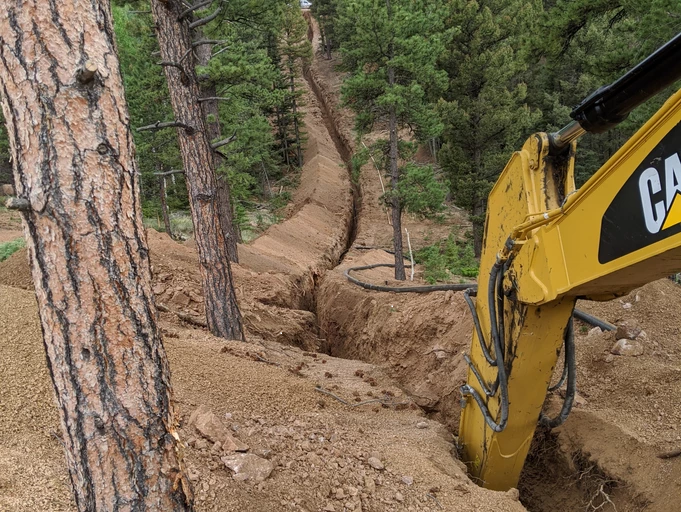
Duis mollis, est non commodo luctus, nisi erat porttitor ligula, eget lacinia odio sem nec elit. Morbi leo risus, porta ac consectetur ac, vestibu lum at eros. Nulla vitae elit libero, a pharetra augue.
